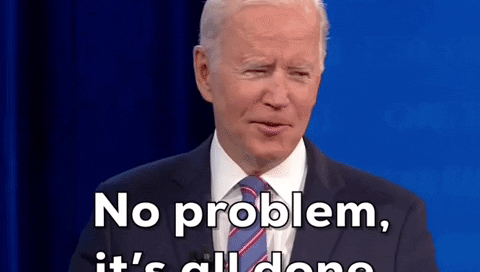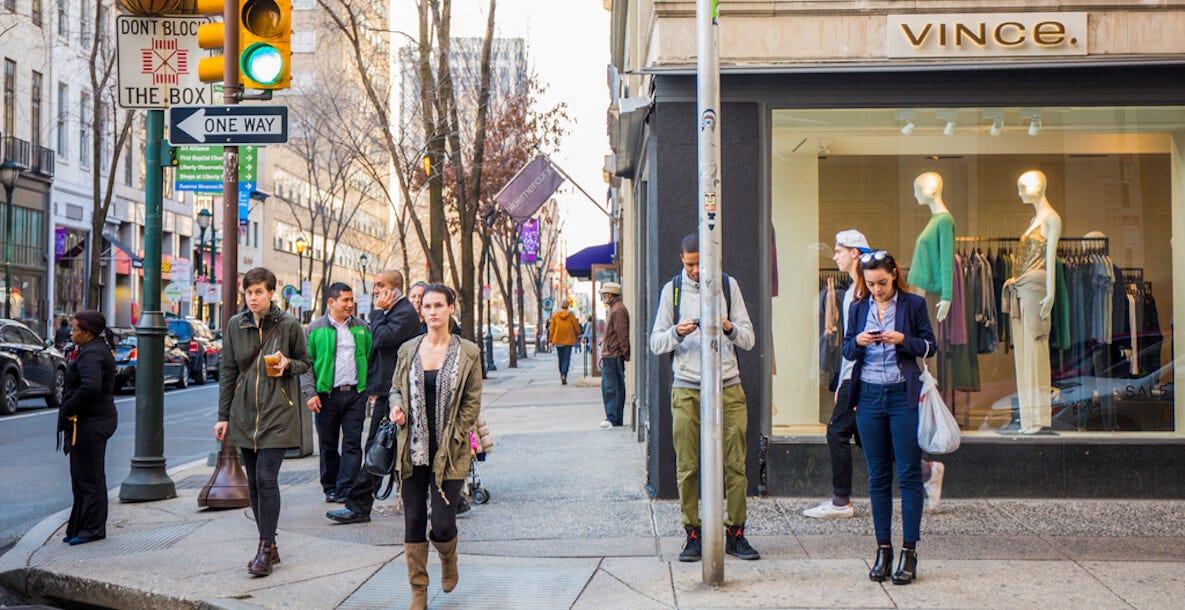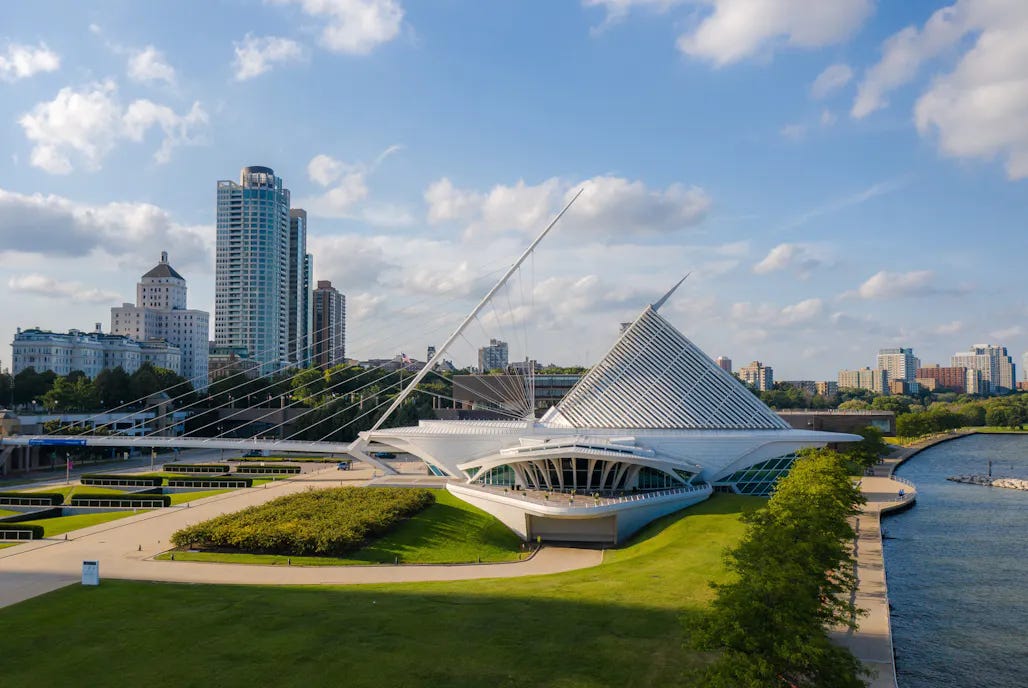For more than three years, urban thinkers have been trying to get a grip on what is happening to cities. After wringing our hands that cities were dead, then breathing a sigh of relief that maybe just downtowns are dead, the consensus seems to be: we just need to improve urban quality of life and everything will be fine. You can read Richard Florida’s 21-year-old prescription for work-live-play neighborhoods as if it were written yesterday. Package this old wine in new bottles, right?
But like a detective after a seemingly solved case, I can’t help but feel unsatisfied with this conclusion. We’ve come up with solutions to an urban crisis, without addressing the real question that the pandemic posed: Why live in cities now?
American cities once served to organize jobs, ideas, amenities, and culture in ways that suburbs and rural areas could not. Cities had the advantages of proximity to work, talent and culture in ways other places didn’t. And major American cities were distinctive, unique. In many cases, this has changed, not just over the past three years, but the past two decades.
Just 15 years ago, you could still make a case that only cities had top-tier music, theater, independent cinemas, bookstores, people-watching, and talent. But now enough of that that cultural product has moved online that people can now live in a suburb and watch Succession, come in to the city once in a while to see Fat Ham, scroll through what people wore to the Met Gala and feel relatively in tune with what the New York Times considers culture without actually having to live in NYC.
You could even argue that online retail is now superior to what you can find in most major cities. If you want to get a vintage coffee table, or buy jewelry from a Black-owned business, you have much better luck on Instagram than, say, in Center City Philadelphia. I had the sad experience recently of visiting NoLiTa, my favorite neighborhood when I was growing up in Manhattan in the 1990s, only to find that it had the same retail — Aesop, Vince, Scotch & Soda — as on Walnut Street in Philadelphia. The distinction between cities themselves, and between city and suburb, is getting smaller in a way that benefits none of them.
Now that jobs have moved online for at least half the work week, and the place-based economic engine has stalled, many people are asking why live in cities and blinking.
Which has led too many cities back to that old saw of creative placemaking. Carlo Ratti and Ed Glaeser think all we need to do is stoke the flames of urban lust:
If people do not need to go downtown for wages, they must instead desire to go there. A place to live and play rather than work: This is the dream of the Playground City.
They go on to add “places of pleasure have predicted urban success since the 1970s,” and link to research by Glaeser tellingly called “Consumer City.”
But places that stoke our desires are often expensive, inconvenient, and exclusive. When you create a city experience available for purchase, designed for tourists and commuters, rather than residents, you end up with something like Hudson Yards. As Justin Davidson wrote in New York magazine about this crass combination of office, mall and arts center in an inauthentic megalith:
This para-Manhattan, raised on a platform and tethered to the real thing by one subway line, has no history, no holdover greasy spoons, no pockets of blight or resident eccentrics — no memories at all.
These places may succeed in making cities more amenable to tourists and more attractive to investors, but they haven’t actually boosted most cities. Look at how 20 years ago, we began plonking down starchitect-designed museums in mid-tier cities in an effort to attract residents.
Santiago Calatrava’s Milwaukee Art Museum and Zaha Hadid’s Cincinnati Contemporary Art Center, for example, were meant to send a signal that downtown was fun, cultured, and primed for the Creative Class. Meanwhile Milwaukee has lost more than 27,000 residents or nearly 5 percent of its population since 2000, and Cincinnati has lost more than 22,000 residents and nearly 7 percent of its population in the past two decades.
I fear a new round of inauthentic urban props might get good PR but distract from what is really happening in cities: people are staying to enjoy the urban form and their neighborhoods. A fascinating new study shows that people in cities are not exploring their cities as much as they used to (and as a result reducing their exposure to people from different socioeconomic backgrounds, but that’s another column). It actually turns out that most people who live in cities not only aren’t going downtown, but they also aren’t going across town to the cool new restaurant or to the showy performing arts center. They are building deeper ties to their neighborhoods — places that are the exact opposite of that description of Hudson Yards, replete with local characters, memories, touches of blight and a sense of identity.
These places answer the question of why people will live in cities: for the incredible built environment that cannot be found in suburbs, rural areas, or online. Major cities offer walkable and bikeable density at scale. You can walk for hours in major cities. (I enjoyed reading
’s piece on visiting Paris where he walked 26 miles in two days and the mere experience of absorbing the streetscape and neighborhood retail was feast enough.)As people who want a suburban life gradually leave cities, those residents who stay will want the already brilliant urban form to be even better. American cities could follow the Parisian model of complete transformation, or take small steps like school streets and pocket parks, community gardens rather than another High Line. We also need to do more to legalize corner stores and live-work arrangements to heighten the density of experiences in any given street. There is so much room for improvement here — improved air quality, streetscapes, opportunities for exercise, and so on - but it seems strange few people are calling to simply strengthen cities’ most unique asset of walkable density.
The second reason many people will end up in cities: its public transit and affordable housing. For many people living in cities, the suburbs aren’t an option because they’re too expensive. This contingent must be prioritized by investing in more efficient, safer and clean transit rides, and more affordable housing. Cities in turn will be rewarded with a stronger working class. Teachers, nurses, and all sorts of wage workers will remain in cities for a better quality of life if these public goods are upgraded and unavailable elsewhere. We need to move beyond the rhetoric of catering to the creative class and instead view cities as supporting the essential class, upon which our collective society and well-being depends.
Cities have historic architecture and public spaces while most of the suburbs are less than a century old. Cities have not done enough to lift up the full bounty of their historic architecture, providing opportunities for residents to connect with, learn from and visit their city’s older structures that reinforce a sense of place and meaning in a world that often can feel placeless and meaningless. We could be reimagining these structures, often set in neighborhoods, as the cultural focal points of our cities.
These are just a few of the inalienable aspects of cities that can’t truly be replicated online or in suburbs. Why cities? The answers will lie in addressing climate changes through walking, biking, and transit; staying connected to place and history; and relishing interdependence and community connection. Cities should develop their vision around these values rather than chasing a dream.
If you liked this piece, please share it!
And if you want to support my work, please subscribe! It really helps!








Great read. Does it seem bizarre that we can rally the (mostly private) financial capital for Hudson Yards, but we can't muster the public political capital for the kind of transformation Paris has seen or even the smaller steps you noted like pocket parks and school streets?
One other thought I had is that while some cities have large stocks of affordable housing (NYC, Philly, etc) to attract people, many cities do not have those stocks and are not building more. SF stands out here: its return to office is the lowest in the nation, it's on the brink of a commercial real estate implosion that will hurt its tax base, it has a opioid/homelessness crisis, and there is still no affordable housing anywhere near the central city...it seems primed as primed as any city for the doom loop.